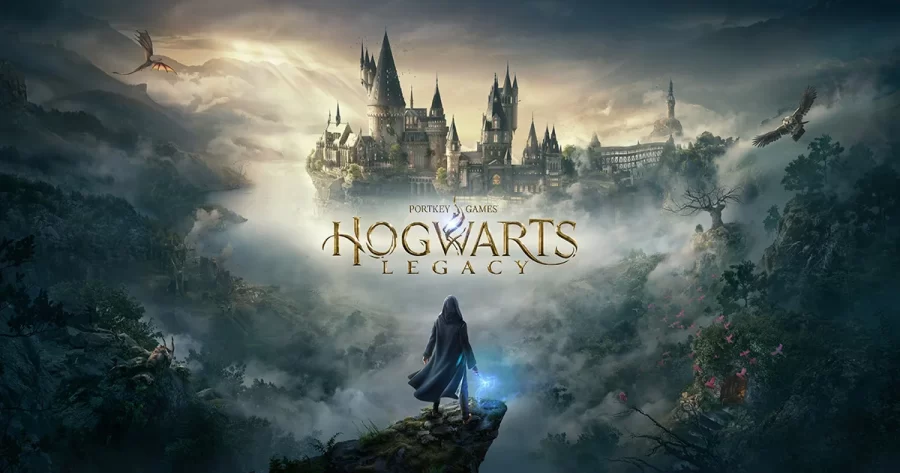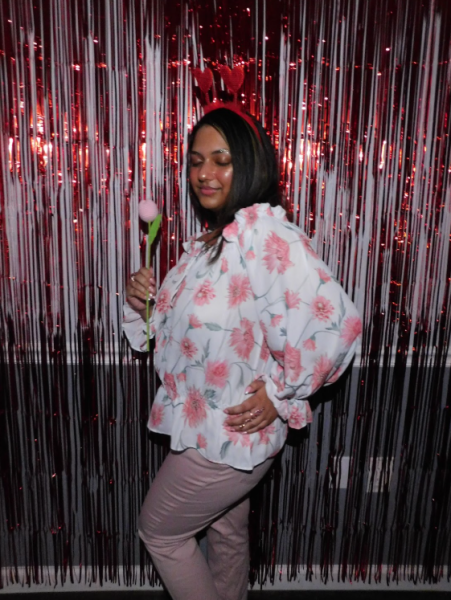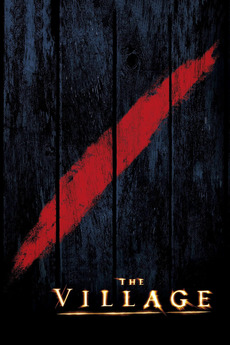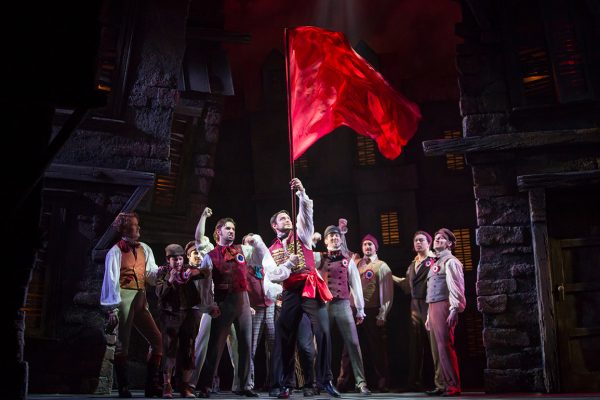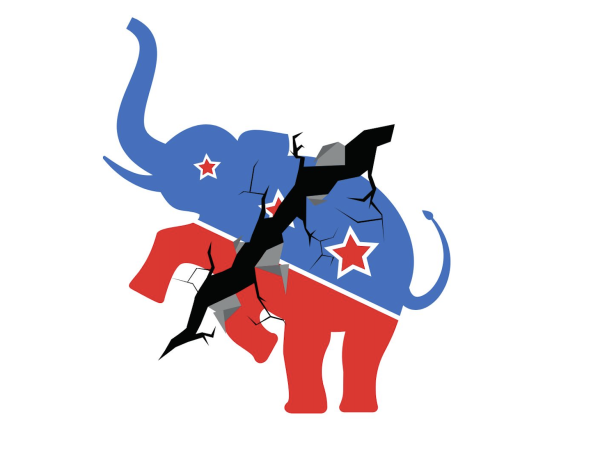J.K Rowling renders separating art from the artist, moot
February 20, 2023
A phrase commonly seen when controversy with a public artistic figure arises is whether their creative outlook can truly be separated from their harrowing opinions on sensitive subjects.
We live in a world where we tend to idolize those who rise to fame without paying attention to the fact that those people don’t always have an empathetic or understanding mindset. This can be hard to wrap your head around, and disappointing when partaking in their art has become part of your everyday routine.
With almost every big-name star being on social media, along with cameras following them around, one’s digital footprint becomes increasingly harder to erase as internet sleuths can easily dig up information on someone’s past, dating back multiple years or even an entire decade. It further begs the question if the knowledge of their problematic side can impact how one views their previous works and if it truly can be ignored. Are we able to view their art as a separate direction of creativity?
There is no simple or direct answer to this, as it varies depending on the circumstances and how reflective the art form is regarding one’s personality. There are times when fans will put their foot down and refuse to partake in the artist’s content, but more often than not fans will allow a separation of art from the artist, believing that the creative form can still be enjoyed. This is something that fans of the “Harry Potter” universe have a difficult time deciphering, as J.K. Rowling, the author of the books and creator of the franchise, seems intent on making it as hard for them as possible.
“Harry Potter” played a big part in many people’s childhoods and even adulthoods. With the first book published in 1997 and six more after, individuals became engrossed with the plot, favorable characters and magical world. If only Rowling had continued building her well-received fictional world and stayed off Twitter with her brash thoughts, the author then maybe the author would still have a loyal fanbase, rather than being known for her harmful viewpoints of the transgender community.
Starting publicly in 2018, her blatant transphobia has only increased, with her most recent Twitter comment on Jan. 28 saying, “Deeply amused by those telling me I’ve lost their admiration due to the disrespect I show violent, duplicitous rapists.” This was in response to the criticism of the new franchise game “Hogwarts Legacy,” which was released on Feb. 10, allowing players to create their own wizard or witch to explore the Wizarding World.
Many have attempted to boycott the game due to Rowling’s beliefs. Warner Bros. has responded to the backlash, stating that Rowling is not directly involved in the game, but rather, her team. The hope is that her lack of involvement will urge people to buy the game–it is unsure how effective that will be, as Rowling will still earn royalties since it’s a part of the “Harry Potter” franchise.
To further distance themselves from Rowling and provide more inclusivity, the game features a trans character, which is progress, right? Well, the character does have a bit of a peculiar name, Sirona Ryan, and has been pointed out by individuals who believe it to be a mockery of the female character’s identity given that it starts with “Sir.” However, these are just speculations and the name itself is feminine in origin. But the fact that Rowling previously used stereotypical names for her characters, like naming an Asian character Cho Chang, does leave a bad taste in one’s mouth. Even so, the game has become quite popular.
Separating art from the artist is necessary at times, but it is equally challenging to do, especially with the cognitive dissonance that occurs from it. This is why some end up choosing to completely disregard the art as well, especially when the artist refuses to take accountability for what they have said or done and makes zero effort to be properly informed on the matter.

